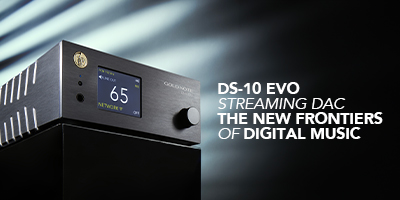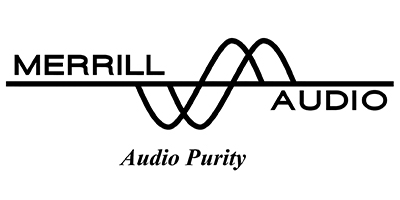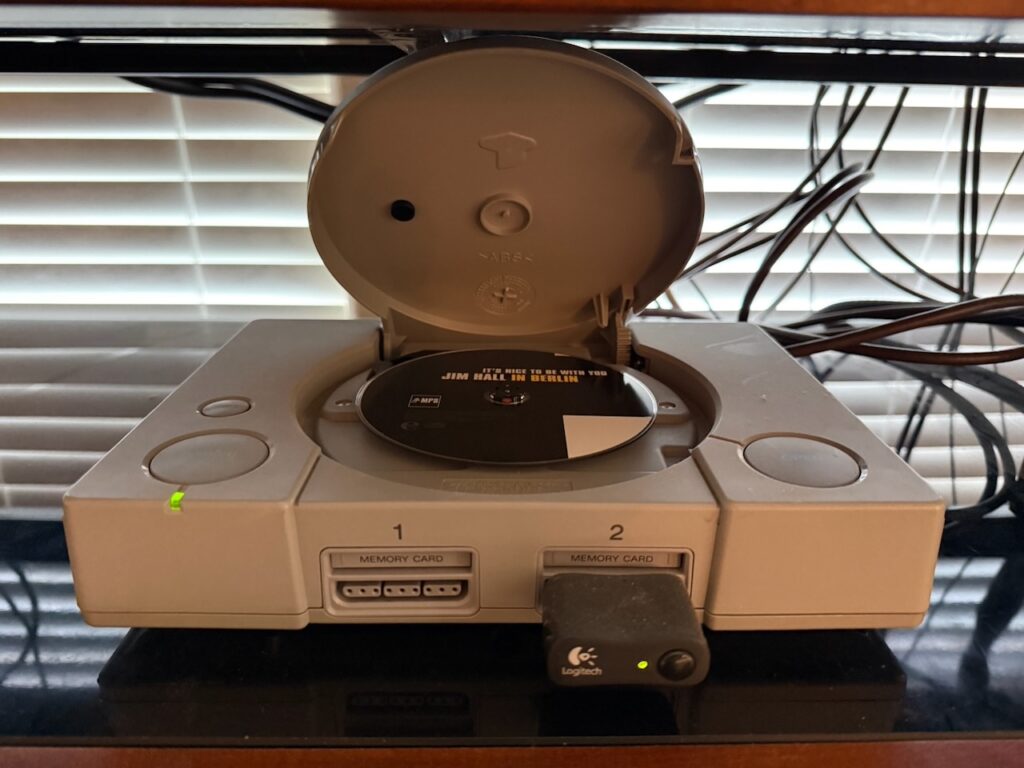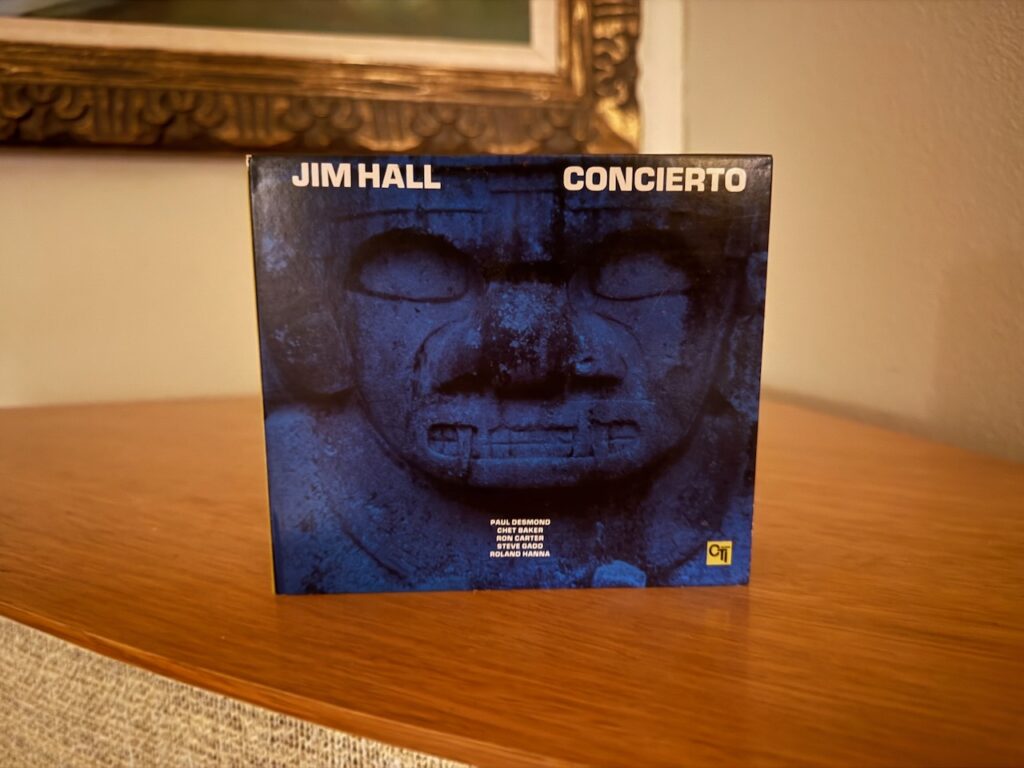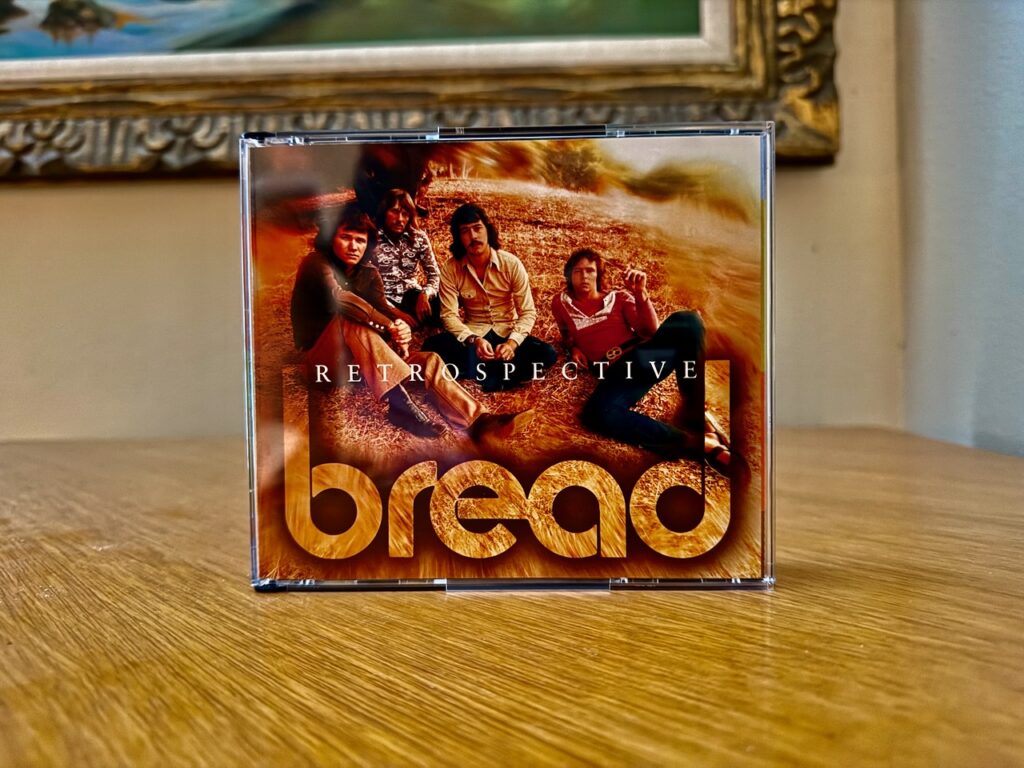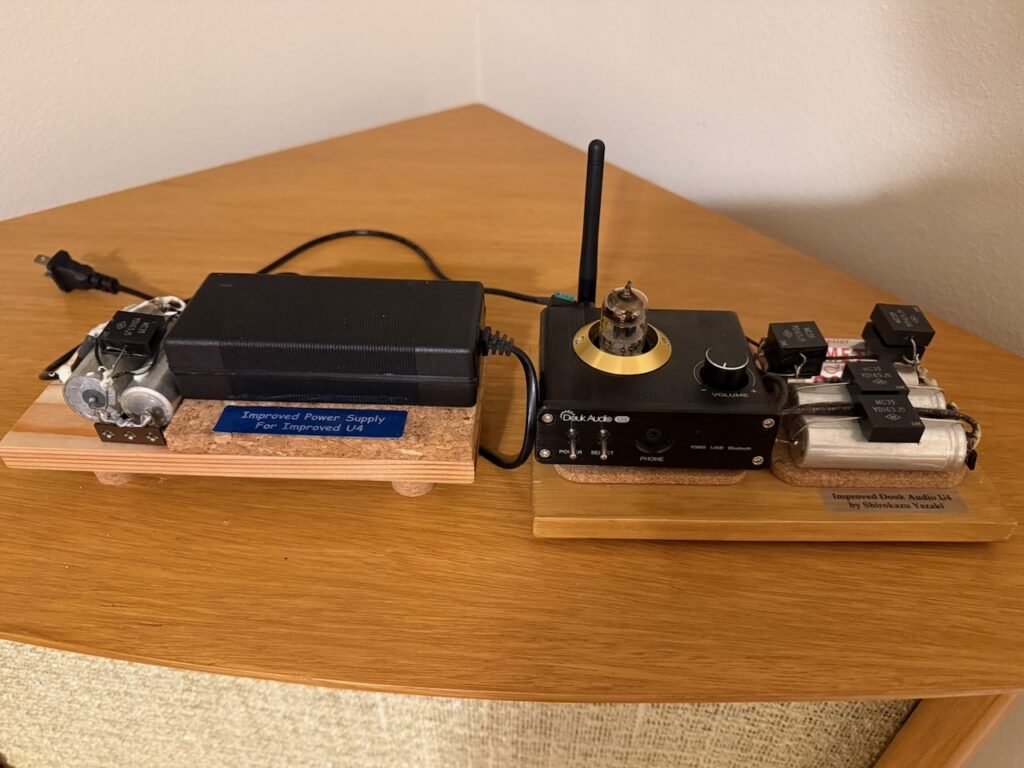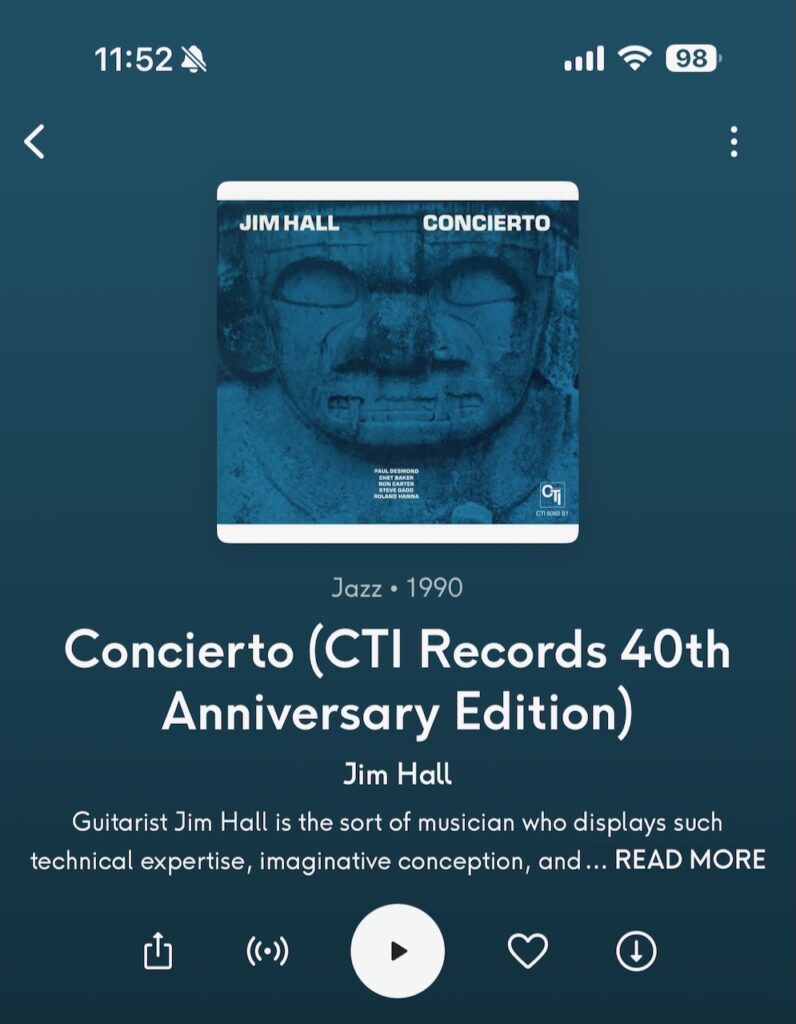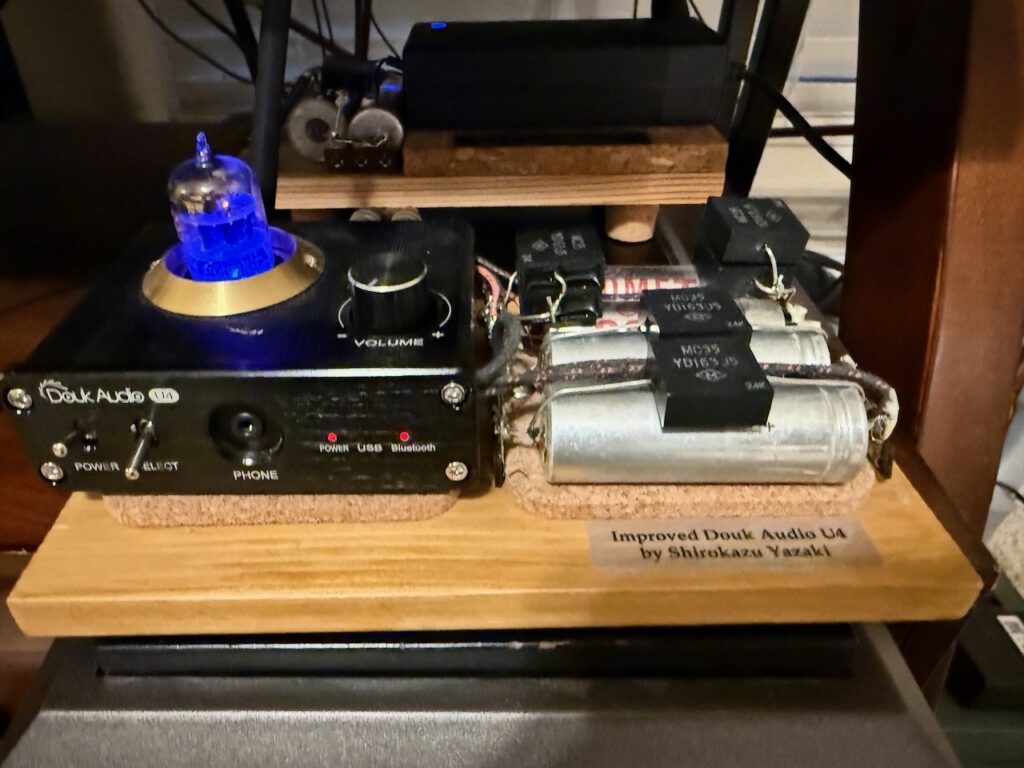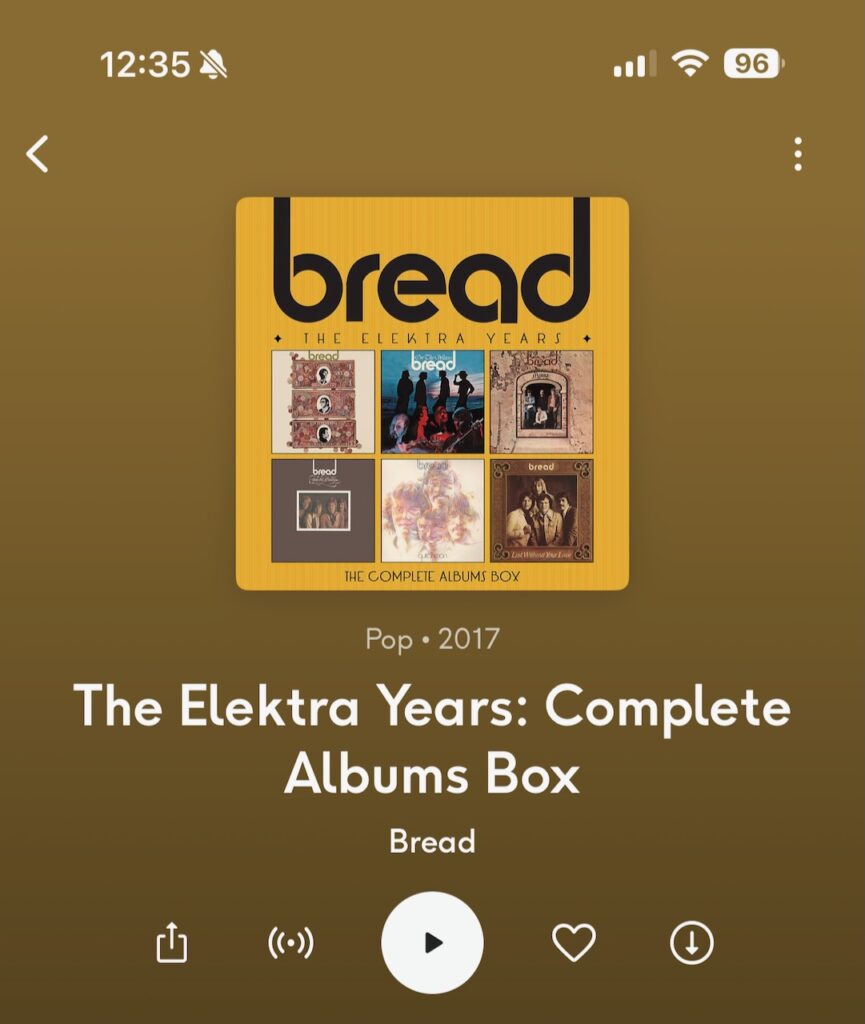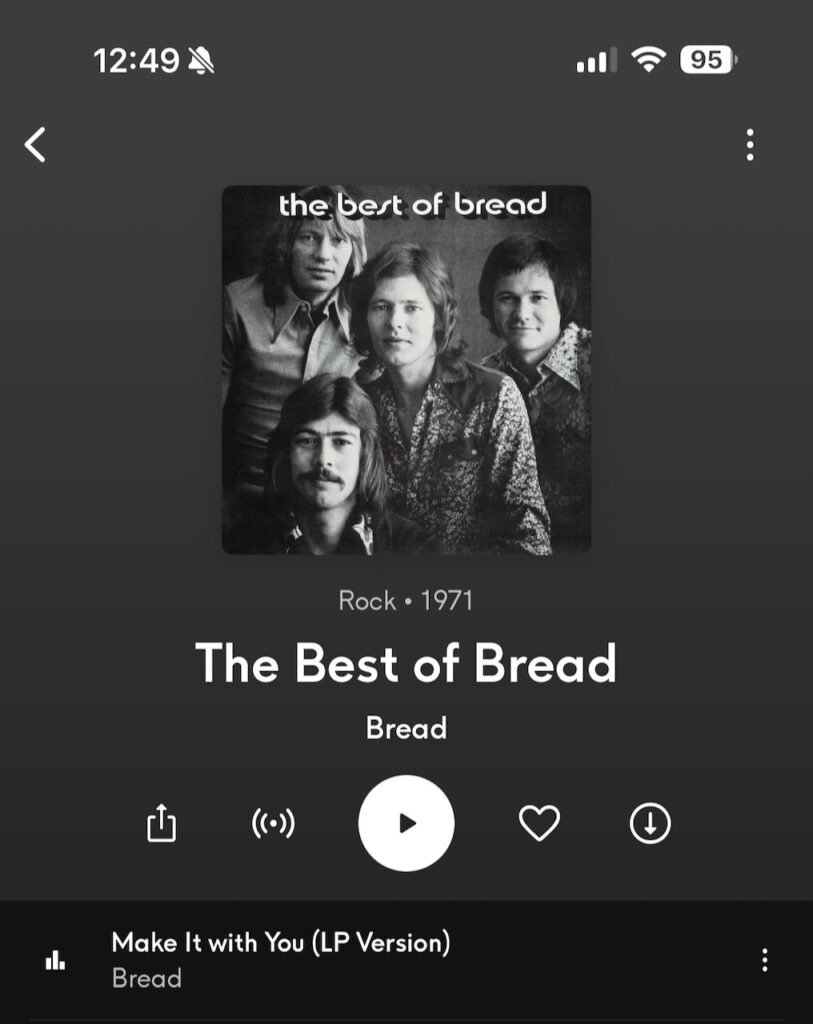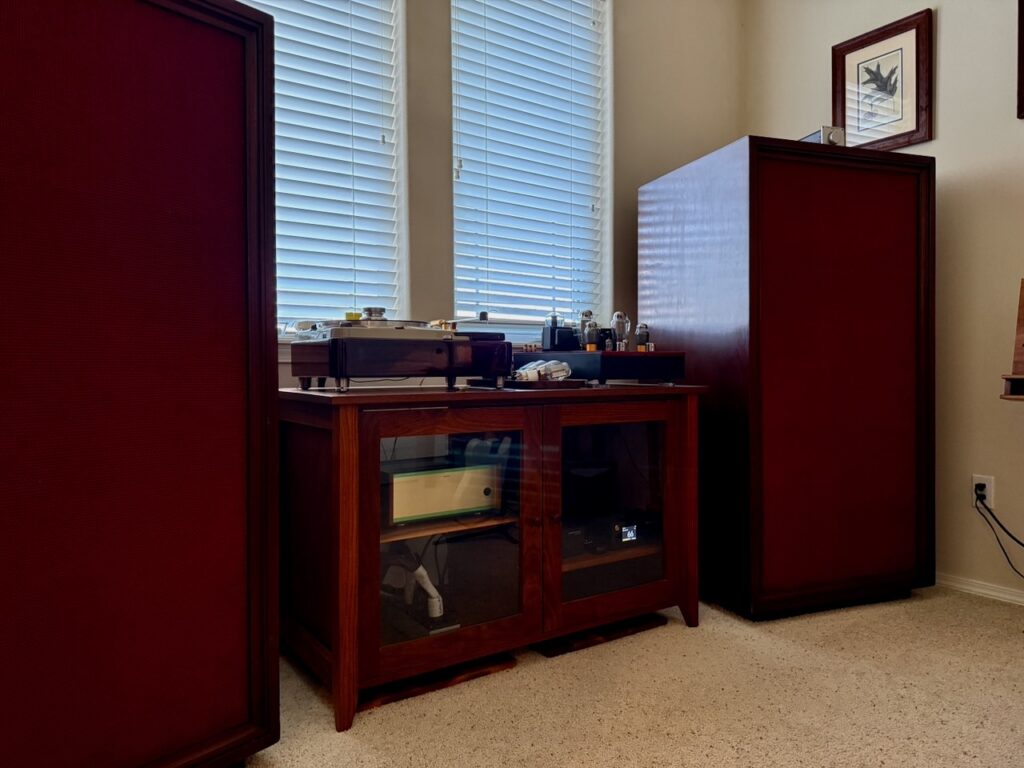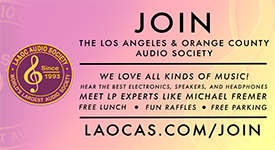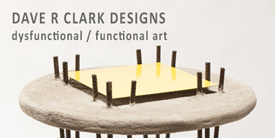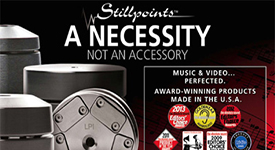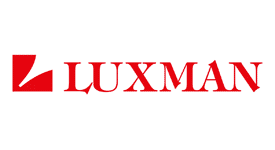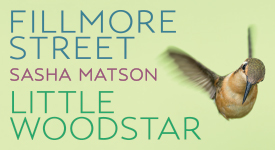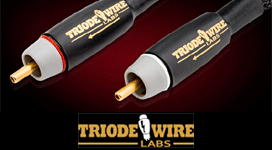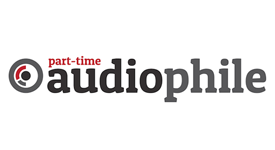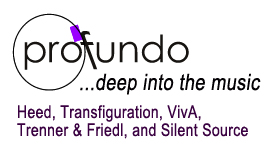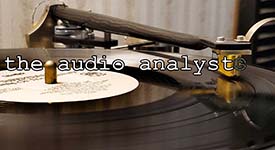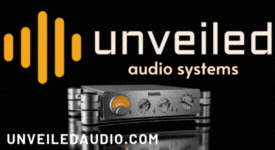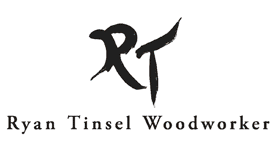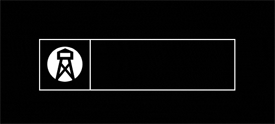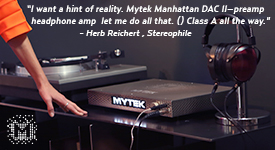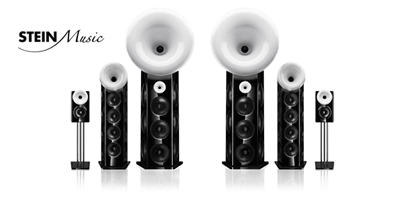Accuracy, authenticity, and authority in high-fidelity playback are key traits.
There's a huge amount of audio engineering expertise and artistry involved in getting music off the recording media, into the source component, and out of the source component in a way that maximizes those three key traits.
From an "accuracy" perspective, one wants to get the maximum amount of - and least altered -stream of musical information, from any given recording as possible.
From an "authenticity" perspective one wants to preserve the fidelity traits of the original recordings as much as possible, so one can distinguish between the recording style and fidelity of all those recordings that can vary quite widely.
78 rpm recordings should sound like the acoustic or electrical 78 rpm recordings they were. Monaural magnetic recordings, stereo magnetic recordings, and digital recordings should all persevere the authenticity of their recording era styles.
Essentially, the greater the contrast you hear between those recordings, the greater their authenticity is during playback.
Next let's look at "authority" in playback. Ideally, we want the playback to sound like the authoritative version of any recording in terms of the musicians intent. As much as is possible, we want to convey all the musical skills, tonal color, timbral textures, emotional drama, etc., that are part of musicians making music, when we play back the music through our source component.
Let me also mention a playback trait that is important to me, which I call the "width of the listening window."
In my world, the best components have a "wide listening window" that allows one to listen to and enjoy nearly any fidelity of recording and get the full musical impact from the performance.
The fidelity of the recording shouldn't really impact the enjoyment you experience when listening to the musical performance in a negative way to any great degree. If it does, then something is not quite optimized in the design of the component. The recordings where I go "that sucks" should be few and far between. That's a "wide listening window."
By contrast, a "narrow listening window" is when a component can only playback a few of the best recordings in engaging fashion, and everything else of varying fidelity sounds annoying. That's a narrow listening window.
A narrow listening window typically results when little attention is paid to the design of the component in musical terms, or when the component is voiced using only the best recordings instead of a broad range of recordings, resulting in the "one hit wonders" of the source components world.
Generally, source components with a wide listening window were designed with a comparison by contrast methodology using a wide range of recordings, a good ear for music, and quality internal components that make up the circuitry.
Those components tend to let a lot of information through, but in a thoroughly natural fashion, making a wide listening window possible.
One might think that more information coming through would make lower fidelity recordings sound worse, but the opposite is true. Lower fidelity recordings tend to sound worse if less information comes through, and better when more information comes through. The additional information tends to fill in those "fidelity gaps" of lower fidelity recordings to make the music more enjoyable.
Ok, finally, when all those accuracy, authenticity, and authority attributes are optimized for the playback of recordings, the visuospatial components of playback, like imaging and soundstage, tend take care of themselves in optimized fashion.
While we tend to think of visuospatial performance primarily in terms of stereo magnetic era recordings, there's still all kinds of interesting visuospatial information to hear in recordings from the earlier monaural eras of recording as well.
Ok, that's the end of my lengthy description about what I'm primarily listening for these days in terms of the performance of audio sources, as well as the other components that make up an audio system. Thanks for bearing with me this far.
It seems to me, that analog sources do a better job on those performance criteria, mostly because they've been under development for such a long time, with the better ones having everything well sorted out.
Digital sources are playing catchup in terms of those criteria, and over time they are steadily improving and approaching the performance of analog sources, and according to some, now even being equal with them.
Ok, now let us go back to the Sony PlayStation PS-1 as an early example of digital playback.
With the PS-1, I'm using a Furutech power cord to connect it to the AC, and the above-mentioned Belden 8402 tinned-copper microphone cable interconnects to connect it to the Leben CS-300F integrated amplifier.
I thought I'd use a couple of example albums to demonstrate the PS-1 performance. One a high-fidelity high-quality recording on CD, and the other one not so much.
The first album is Jim Hall's Concierto featuring Jim Hall (guitar), Paul Desmond (alto sax), Roland Hanna (piano), Ron Carter (bass), and Steve Gadd (drums).
Concierto is a highly regarded album of superb musicianship that was recorded at Van Gelder Studios in 1975, so the recording quality is first rate. The version I have on CD is on the CTI label (ZK 65132) and part of their reissue series from the late 1990s.
Listening to Concierto, it turns out the PS-1 is still a relatively good performer, but not great, which was sort of what I remembered about it from way back when.
What's good about the PS-1 is that it does a capable job of communicating the essence of the feelings of musical performances from CDs in a reasonably analog-sounding fashion. The PS-1 can still be found on eBay for around $100 USD at times.
The PS-1 sounds respectable from the midrange on up to the presence region. It's missing a bit of "feel" and "presence" in the low midrange on down, and from the brilliance region on top. The PS-1 is not particularly resolving, but it's not terrible either. I didn't hear a big sense of the recording's ambient space, or a lot of nuance. But still, the PS-1 is still a solid all-around performer.
The PS-1 sounds better than it has any right to, and it is capable of being emotionally engaging and transmitting the "artistic feel" of the music to me as a listener.
As far as its tonal balance, it's fairly neutral sounding, and perhaps a touch to the "lean" side. The instruments are missing a full sense richness, bloom, and timbral realism. It does a decent job of delivering visuospatial information (imaging and soundstage), but there isn't a sense of vivid flesh & blood body to the images, and soundstage is a bit compressed in the depth dimension.
That's generally how the PS-1 performs on albums with better quality recordings, decent mastering, and production values.
I haven't listened to Bread in ages. I pulled out my copy of the Bread CD boxset Bread Retrospective on the Elektra / Rhino label (R2 73509) to give it a spin.
This reissue album is from the late 1990s, with the original recordings spanning the late 1960s through the early to mid 1970s.
This album sounds pretty bad on the PS-1. I get a sense from the recording that the original recordings were probably pretty ok, but whatever was done during the mastering and production for this reissue box set was sub optimum, and as a result it has many of the bad sound qualities associated with early digital. Screechy sounding dynamic swings, steely and edgy sounding timbral textures, and an overly lean tonal balance. Ugh.
From a listening window perspective, I'd say the PS-1 has a fairly narrow listening window. Good recordings can sound pretty good, but albums that are less than stellar, like the Bread Retrospective, aren't very enjoyable to listen to.
Even with its limitations, particularly given it was never intended to be a CD player to play music with, the bottom line is that it is fun to listen to music on well-recorded CDs with the PS-1, and for that reason, it will stay in my digital museum. It's a good reference point for what early digital playback could do in a positive sense, and is a good comparator for how digital playback has evolved in performance since then.
I went through a period of time way back when where I explored DACs, and the ones that have stood the test of time and are still with me are those from Mhdt Laboratory.
Mhdt Laboratory is known for their affordable high-performance vacuum tube DACs that use new old stock (NOS) non-oversampling R-2R DACs with no digital filter, to provide as musically realistic and natural sound as possible.
For the Duelund-Corona 832A Project, I had dusted off my Mhdt Paradisea+ DAC from my digital museum (above), and connected it to an inexpensive Sony BDP-BX650 Blu-ray player (~$100 USD) that I’m using as a transport, using a homebrew shielded DCA20GA tinned-copper interconnect, via the digital coaxial connections.
In my Duelund-Corona 832A Project loudspeakers based system, a level of performance emerges from the affordable Paradisea+ and Sony BDP-BX650 combo that is way better than that of the PS-1.
The performance is so good on better recordings, like Jim Hall's Concierto, that I think most listeners would be shocked by how good the Paradisea+ sounds.
Jim's guitar tone is gorgeous, with a brilliance and deep saturation that is addictive to hear. There's lots of space around the instruments. Recorded ambience fills the room, surrounding me like a comfy old sweatshirt. Overall tonality is rich, natural, with tone of instruments both beautiful and texturally realistic in terms of timbre.
The soundstage is layered and expansive, with recorded ambience completely filling my room. Images have a vivid flesh & blood presence, appearing as far as seven feet out from the front wall. Instruments are distributed across the soundstage width to the limits of my room's width, about 14.5 feet, and they separate out nicely into depth planes. Very resolving with lots of musical nuance coming through. Drum hits have a fast attack. Realistic shimmer and decay of cymbals.
There's lots of musical nuance, instruments have natural sounding timbral textures, and I got a real sense of the immense level of the musicians skills.
On well recorded albums, I think I could easily live with the Sony & Paradisea+ combination for the long term. It really does the music justice.
The Bread Retrospective sounds way better on the Sony & Paradisea+ combo than the PS-1, and is semi-listenable, but still harsh, steely, and annoying digital crispys emerge from time to time.
Overall, the Sony & Paradisea+ combo is brilliant on good recordings, but is still a bit lacking on lesser quality recordings, where it had me reaching for the remote to stop the music playback after a short while. In terms of the listening window width I'd rate it a "medium."
There is one annoying aspect to using the Sony as a transport, as it won't play some of my CDs, like those of Jim Hall from the Artists Share label. Not sure what's up with that.
Next up is Yazaki-san's Improved Douk Audio U4 & Improved Power Supply combination. The Douk U4 is a vacuum tube Bluetooth streaming DAC, and represents a new generation of DACs in terms of streaming media. If I understand correctly, Bluetooth streaming occurs at Red Book levels of resolution with the U4, like you would hear when playing CDs.
I'm streaming from the Qobuz digital music store and streaming service using their app, from my iPhone, to the U4.
I thought I'd listen to Concierto as a comparator for the earlier Sony & Paradisea+ DAC combo playing back CDs.
Yazaki-san did a very nice job voicing this combination of Improved Douk Audio U4 & Improved Power Supply. It gets the music right. His new Improved Power Supply is lots better than the original power supply, and enhances every aspect of the music playback.
Overall, the U4 has a somewhat richer, warmer, and more laid back presentation than the Sony & Paradisea+ DAC combo. Tone color, timbral textures, dynamic response, all sounded very natural and realistic. Bass response through the U4 is a little more punchy and powerful than with Sony & Paradisea+ DAC combo. Midrange is gorgeous and natural sounding. The highs are a little less refined and detailed in the presence and brilliance regions of the audio spectrum.
The U4 is less resolving and transparent than the Sony transport & Paradisea+ DAC combo. I wasn't hearing the prodigious amount of low level detail, space around instruments, layering into the depths of the soundstage, or abundant sense of recorded ambience served up by the Paradisea+.
Soundstage width is about the same for the U4 and Paradisea+, a good 14.5 feet or so, as is the projection of images out into my room at about 6 or 7 feet. Still, the U4 fills and energizes my room much like the Paradisea+ and is very enjoyable to listen to music with.
On good quality recordings, Yazaki-san's Improved Douk Audio U4 & Improved Power Supply makes the music gorgeous to listen to, fun to hear, and highly engaging in terms of emotional impact.
One of the beauties of being able to stream music is the huge collection of music available to listen to.
It turns out there were all kinds of Bread albums to listen to on Qobuz, and the Bread Elektra Years album box set above was the most comparable to the Bread Retrospective CD box set I have in terms of content.
The Qobuz stream of Bread sounded better through Yazaki-san's Improved Douk U4 & Improved Power Supply than the Bread Retrospective CD box set did through the Sony transport & Paradisea+ DAC combo. Still, the recordings still have more digital nasties to them than I would like to hear.
I noticed that Qobuz also had The Best of Bread album that was sourced from LP, so I wanted to give that a listen.
I was blown away by how good "Make It With You" sounded streaming from Qobuz to Yazaki-san's Improved Douk Audio U4 & Improved Power Supply combo. It was so much better than the Bread Elektra Years album box set, or particularly the Bread Retrospective CD box set played back on the Paradisea+, that it was a bit shocking.
Yazaki-san's Improved Douk U4 & Improved Power Supply has a wider "listening window" than the Sony & Paradisea+ DAC combo, making more albums of variable fidelity more enjoyable to listen to. I really like that about Yazaki-san's Improved Douk U4 & Improved Power Supply.
On well recorded CDs, the Sony & Paradisea+ DAC combo had an overall performance advantage, particularly in terms of resolution and transparency, but it earns a demerit due to its listening window being narrower for recordings of lesser fidelity. It's more limiting for the number of variable fidelity recordings I can enjoyably listen to than I would like it to be. But on good recordings - oh my!
The big advantage of Yazaki-san's Improved Douk U4 & Improved Power Supply is that you can stream music from Qobuz, giving an immense high-quality music library to explore and listen to that is at your fingertips.
But as with everything, there's a caveat. The Improved Douk Audio U4 & Improved Power Supply is at its best with Red Book digital streams, and it sounds very good playing those.
Just for kicks I tried streaming high-resolution PCM files from Qobuz to it, and it sounded rather bizarre. It can play the high-resolution PCM files, but it sounds like it's missing a lot of information that should be there, and the music takes on a lean and edgy quality. I'm not sure what's going on there, but it was clear that U4 didn't like the high-resolution PCM files. If you stick with Red Book PCM files, everything is wonderful, and the sound quality is impressively good.
Next I'm planning on installing the Gold Note DS-10 EVO streaming DAC and PSU-10 EVO power supply into my Duelund-Corona 832A Project loudspeakers based system.
I've been listening to the Gold Note in my office system and have been comparing it to my vinyl front end in that system, and it can basically play any high-resolution PCM or DSD files, and when doing so it can give vinyl a legitimate run for its money. Consider me impressed with the Gold Note's abilities.
My conclusion is that digital sources have been steadily improving over time, as one would expect.
Still, the PS-1, Paradisea+, and Improved Douk Audio U4, are no match for a good vinyl source component, but that doesn't invalidate these digital sources.
In fact, I think that one needs sources that can play CDs well, streams music well, and plays LPs well, to give one the widest possible listening choices from our recorded music canon. I wouldn't want to be without any of them.
After I get the Gold Note installed, I'll do some listening and report back on the results in Part 2 of this article.
As always, thanks for stopping by, and may the tone be with you!
Jeff Checking In: A digital "there and back again" journey! Part 2 is now available to read HERE.

